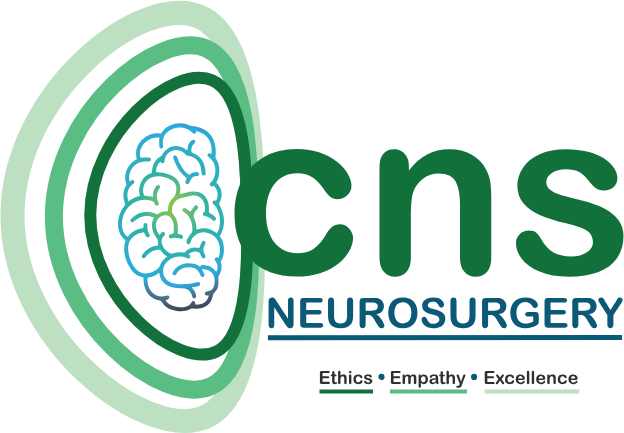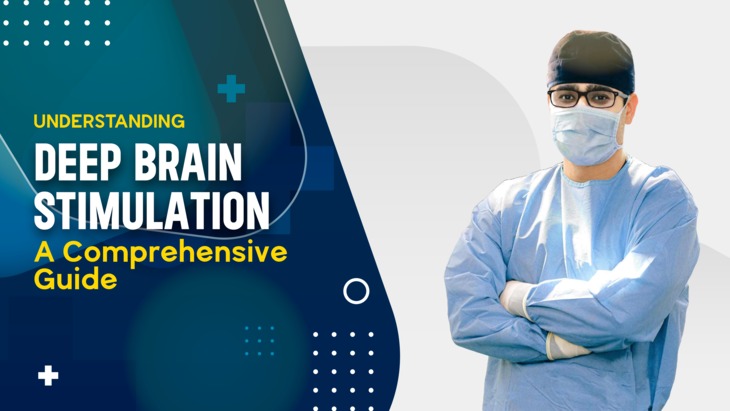Introduction
Deep Brain Stimulation (DBS) has emerged as a revolutionary treatment for various neurological disorders, most notably Parkinson’s disease. This guide delves into the intricacies of DBS, mechanism, applications, benefits, risks, and future potential. By the end of this article, readers will have a comprehensive understanding of how DBS works and its impact on patients’ lives.
Mechanism of Deep Brain Stimulation
DBS involves the surgical implantation of electrodes into specific brain regions. These electrodes are connected to a pulse generator, usually implanted under the skin in the chest area. The generator sends electrical impulses to the brain, modulating neural activity and alleviating symptoms of various neurological disorders.
1. Components of the DBS System:
- Electrodes: Thin, insulated wires implanted in the brain.
- Pulse Generator: A battery-operated device that generates electrical impulses.
- Extension Wires: Connect the electrodes to the pulse generator.
2. Target Areas:
- For Parkinson’s disease, the most common targets are the subthalamic nucleus (STN) and the globus pallidus internus (GPi).
- Other targets include the thalamus for essential tremor and the nucleus accumbens for obsessive-compulsive disorder (OCD).
Applications of Deep Brain Stimulation
DBS is primarily used to treat movement disorders, but its applications are expanding to include other neurological and psychiatric conditions.
1. Parkinson’s Disease:
- DBS significantly reduces motor symptoms such as tremors, rigidity, and bradykinesia (slowness of movement).
- It allows for a reduction in medication dosage, thereby reducing side effects.
2. Essential Tremor:
- DBS targeting the thalamus can effectively control tremors that do not respond to medication.
3. Dystonia:
- DBS can help manage involuntary muscle contractions and abnormal postures associated with dystonia.
4. Epilepsy:
- DBS of the anterior nucleus of the thalamus can reduce the frequency and severity of seizures in patients with epilepsy.
5. Obsessive-Compulsive Disorder (OCD):
- DBS targeting the nucleus accumbens has shown promise in treating severe, treatment-resistant OCD.
6. Other Emerging Applications:
- Research is ongoing to explore the effectiveness of DBS in treating conditions such as depression, Tourette syndrome, and chronic pain.
Benefits of Deep Brain Stimulation
DBS offers several advantages over traditional treatments, particularly for patients who do not respond well to medication.
1. Symptom Control:
- DBS provides significant relief from motor symptoms in Parkinson’s disease and other movement disorders.
2. Medication Reduction:
- Patients often require lower doses of medications, leading to fewer side effects.
3. Improved Quality of Life:
- By alleviating symptoms and reducing medication side effects, DBS enhances patients’ overall well-being and daily functioning.
4. Adjustable Treatment:
- The electrical stimulation parameters can be adjusted to meet the evolving needs of the patient, ensuring optimal symptom control.
5. Reversibility:
- Unlike lesioning procedures, DBS is reversible. The system can be turned off or adjusted if necessary.
Risks and Complications
While DBS is generally safe, it carries some risks, both surgical and device-related.
1. Surgical Risks: (Although rare ~ <2%)
- Bleeding in the brain (hemorrhage)
- Infection
- Stroke
- Complications related to anesthesia
2. Device-Related Complications: (<3%)
- Hardware malposition, malfunction or breakage
- Battery depletion requiring replacement
- Stimulation-related side effects such as speech difficulties, balance problems, or mood changes
3. Long-Term Risks:
- Although rare, long-term use of DBS may lead to the development of scar tissue around the electrodes or pulse generator.
The DBS Procedure
The DBS procedure involves several stages, including pre-operative evaluation, surgery, and post-operative care.
1. Pre-Operative Evaluation:
- Comprehensive assessment by a team to determine if the patient is a suitable candidate for DBS.
- Includes neurological and psychological evaluations, brain imaging (MRI or CT scans), and discussions about the potential benefits and risks.
2. Surgery:
- Stage 1: Implantation of the electrodes in the brain under local or general anesthesia.
- Stage 2: Implantation of the pulse generator in the chest, typically performed a few weeks after the first stage.
3. Post-Operative Care:
- Initial programming of the DBS system to set the appropriate stimulation parameters.
- Regular follow-up appointments to monitor the patient’s progress and adjust the settings as needed.
Patient Selection Criteria
Not all patients with neurological disorders are suitable candidates for DBS. The selection criteria include:
1. Diagnosis:
- Confirmed diagnosis of Parkinson’s disease, essential tremor, dystonia, or other conditions for which DBS is indicated.
2. Symptom Severity:
- Significant impairment in daily functioning due to motor symptoms.
3. Medication Response:
- Inadequate response to medications or intolerable side effects.
4. Overall Health:
- Good overall health and the ability to undergo surgery.
5. Realistic Expectations:
- Understanding of the potential benefits and risks of DBS.
Advances in DBS Technology
The field of DBS is continually evolving, with advancements aimed at improving its safety, efficacy, and patient experience.
1. Directional Leads:
- Allow for more precise targeting of brain structures, reducing side effects and enhancing symptom control.
2. Closed-Loop Systems:
- Automatically adjust stimulation parameters based on real-time feedback from the brain, providing more consistent symptom control.
3. Rechargeable Batteries:
- Extend the life of the pulse generator, reducing the need for frequent battery replacements.
4. Non-Invasive Stimulation Techniques:
Research is ongoing into non-invasive methods of brain stimulation, such as transcranial magnetic stimulation (TMS) and focused ultrasound.
Future Directions and Research
The future of DBS holds exciting possibilities as researchers explore new applications and improve existing technologies.
1. Expanding Indications:
- Investigating the use of DBS for a broader range of neurological and psychiatric conditions, including Alzheimer’s disease, addiction, and chronic pain.
2. Improving Patient Selection:
- Developing biomarkers and advanced imaging techniques to better identify candidates who will benefit most from DBS.
3. Enhanced Programming:
- Utilizing artificial intelligence and machine learning to optimize stimulation parameters for individual patients.
4. Combination Therapies:
- Exploring the synergy between DBS and medical management of disease gives the best possible results.
5. Patient-Centric Approaches:
- Focusing on improving the overall patient experience, from pre-operative education to post-operative support and rehabilitation.
Deep Brain Stimulation represents a significant advancement in the treatment of neurological disorders, offering hope and improved quality of life to many patients. As technology continues to evolve and research expands, DBS is poised to become an even more powerful tool in the fight against debilitating neurological conditions. By understanding the mechanisms, benefits, risks, and future potential of DBS, patients and healthcare providers can make informed decisions about this transformative treatment.
Choose the Best Doctor for DBS Surgery in Ahmedabad, Gujarat
When considering Deep Brain Stimulation (DBS) surgery, selecting the right surgeon is crucial for achieving the best outcomes. Dr. Chirag Solanki is the pioneer of Stereotactic, DBS and Functional Neurosurgery in Ahmedabad, Gujarat. For more information or to schedule a consultation with Dr. Chirag Solanki, contact +91 91040 80055 or visit www.drchiragsolanki.com. Take the first step towards a better quality of life with expert DBS surgery in Ahmedabad, Gujarat.

